Catnip Winter Care – Is Catnip Winter Hardy
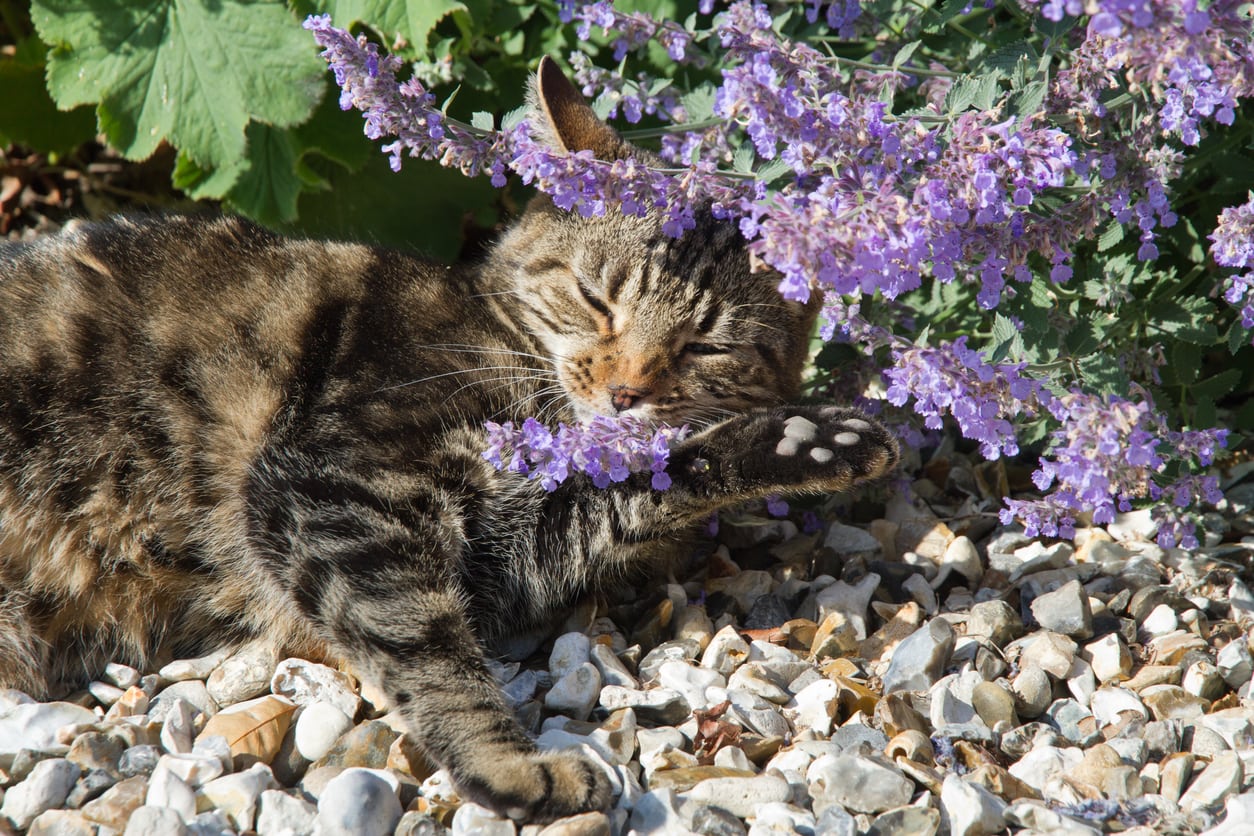

Catnip is a great herb to grow in the garden if you have cats. Even if you don’t, it is a perennial herb that is easy to grow and attracts bees and other pollinators. You can even make a tasty and stomach-soothing tea from it. Depending on where you live, winter can be a little harsh on your catnip, so know what to do to protect it during the colder months.
Is Catnip Winter Hardy?
Catnip cold tolerance is pretty high and it grows well in zones 3 to 9. However, an unusually cold winter or colder climates can present a problem for catnip grown outdoors. If you want it to come back healthy and productive each spring, it may be necessary to provide some protection and extra care for catnip plants in winter. This is especially important if you live in the northern, colder areas of its growing region.
Catnip Winter Care
If you grow catnip in a container, you can simply bring it indoors for the winter. Give it a cooler spot without too much sun and water only occasionally. If, however, your catnip is growing in beds outdoors, you should prepare it for the winter months. In late fall, prep your catnip for winter by trimming it back. Cut the stems down to just a few inches (8 cm.), and especially trim back any new growth so it won’t get damaged in the cold. Give the plant a last, long drink of water and then don’t water it over the winter. For catnip frost protection in locations where you get some very cold weather, you can use a cloche to cover the plant. Be sure to keep an eye on it though, and remove or shade it on sunny, warmer days so your catnip doesn’t get too hot. Avoid fertilizing your catnip as winter sets in. This will only encourage new growth that can get damaged by the colder weather in winter. Also, avoid using too much mulch. Some mulch can help keep moisture and heat in the soil, but too much will prevent the sun from warming it. If you take these protective steps and avoid a couple of easy mistakes, your catnip plant should come back in the spring; big, healthy, and growing.
Gardening tips, videos, info and more delivered right to your inbox!
Sign up for the Gardening Know How newsletter today and receive a free copy of our e-book "How to Grow Delicious Tomatoes".

Mary Ellen Ellis has been gardening for over 20 years. With degrees in Chemistry and Biology, Mary Ellen's specialties are flowers, native plants, and herbs.
-
 Looking For Plants To Give You The Soft And Fuzzies? Try These 5 Fuzzy Leaf Plant Options
Looking For Plants To Give You The Soft And Fuzzies? Try These 5 Fuzzy Leaf Plant OptionsLovers of texture, drama, silver foliage and tactile plants will adore these special sensory garden additions. These fuzzy leaf plant options will leave you all aglow
By Susan Albert
-
 Get Ready For A Summer Of Hummers! Grow These Full Sun Hummingbird Plants and Flowers
Get Ready For A Summer Of Hummers! Grow These Full Sun Hummingbird Plants and FlowersIf you’re lucky enough to enjoy a sunny backyard, make sure you are maxing out on your pollinator opportunities and grow these full sun hummingbird plants and flowers
By Tonya Barnett
-
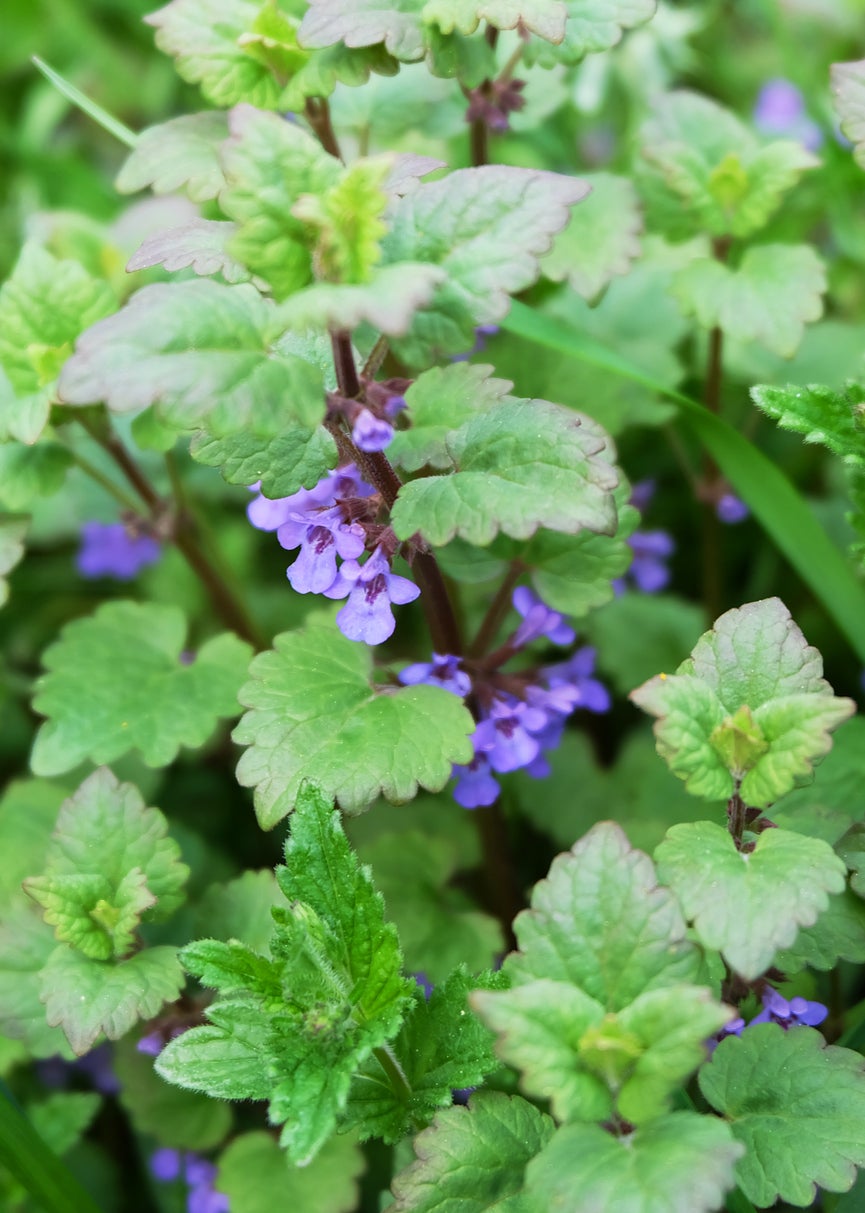 Cutting Back Catnip: Should I Prune Catnip Plants
Cutting Back Catnip: Should I Prune Catnip PlantsCatnip is a no-fuss, easy-to-grow member of the mint family that requires little maintenance. What about pruning catnip plants though? Is cutting back catnip necessary? Click here to find out about pruning catnip plants and, if need be, how to prune catnip.
By Amy Grant
-
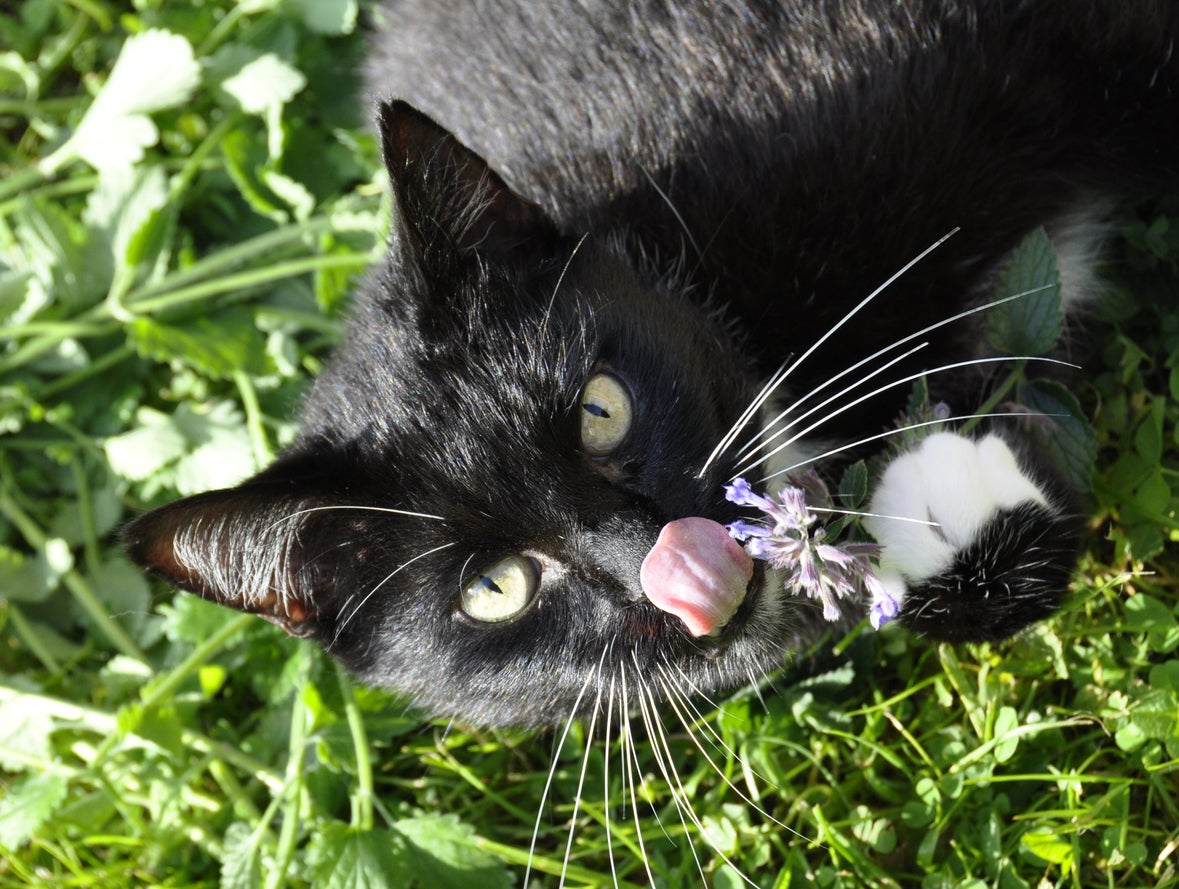 Planting Catnip For Cats: How To Grow Catnip For Cat Use
Planting Catnip For Cats: How To Grow Catnip For Cat UseIf you have cats, then you are more than likely to have given them catnip or have toys for them that contain catnip. As much as your cat appreciates this, he/she would love you even more if you provided them with fresh catnip. Learn about planting catnip for cats here.
By Amy Grant
-
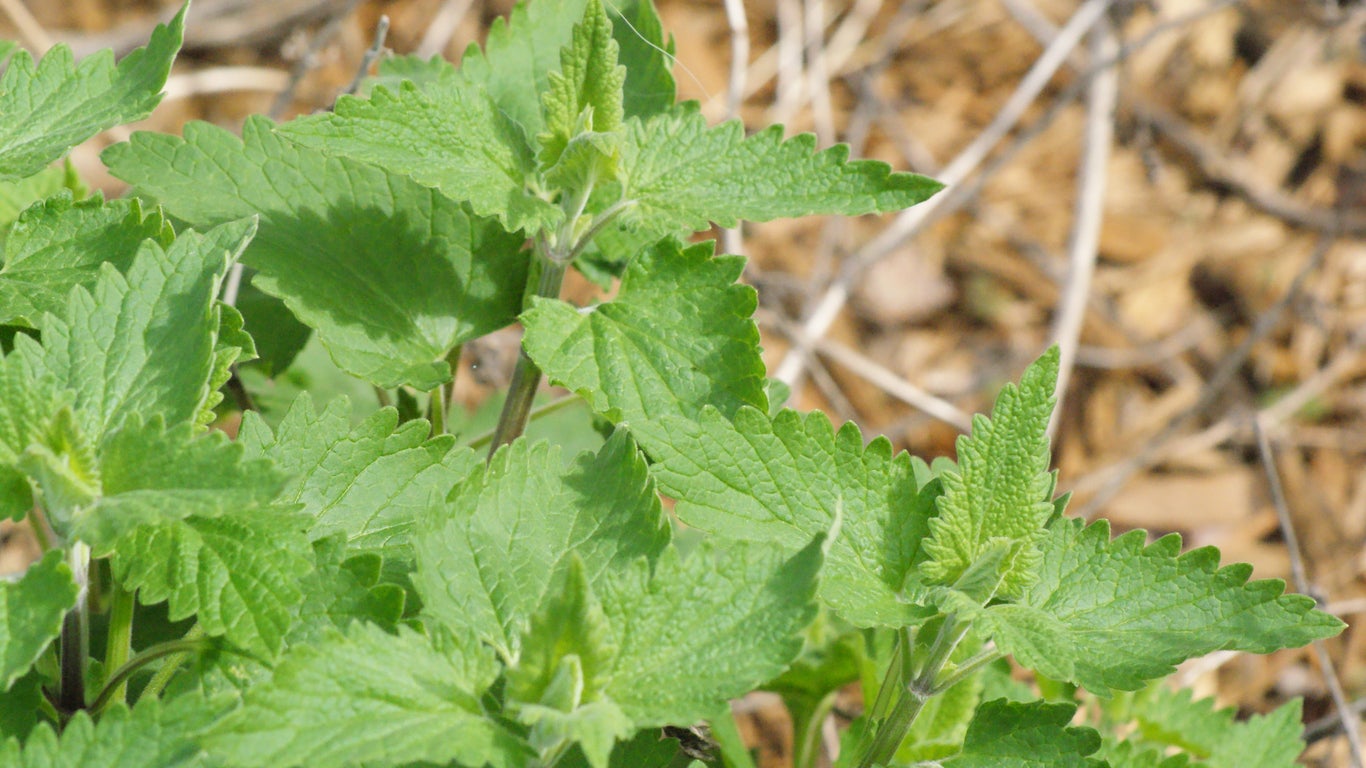 Treating Catnip Diseases – How To Manage Problems With Catnip
Treating Catnip Diseases – How To Manage Problems With CatnipThere are few issues that will seriously affect the plant's health. They take quite a lot of abuse from overly interested neighborhood felines. However, if your plant looks sick, fungal issues are probably the most common diseases of catnip. Learn more here.
By Bonnie L. Grant
-
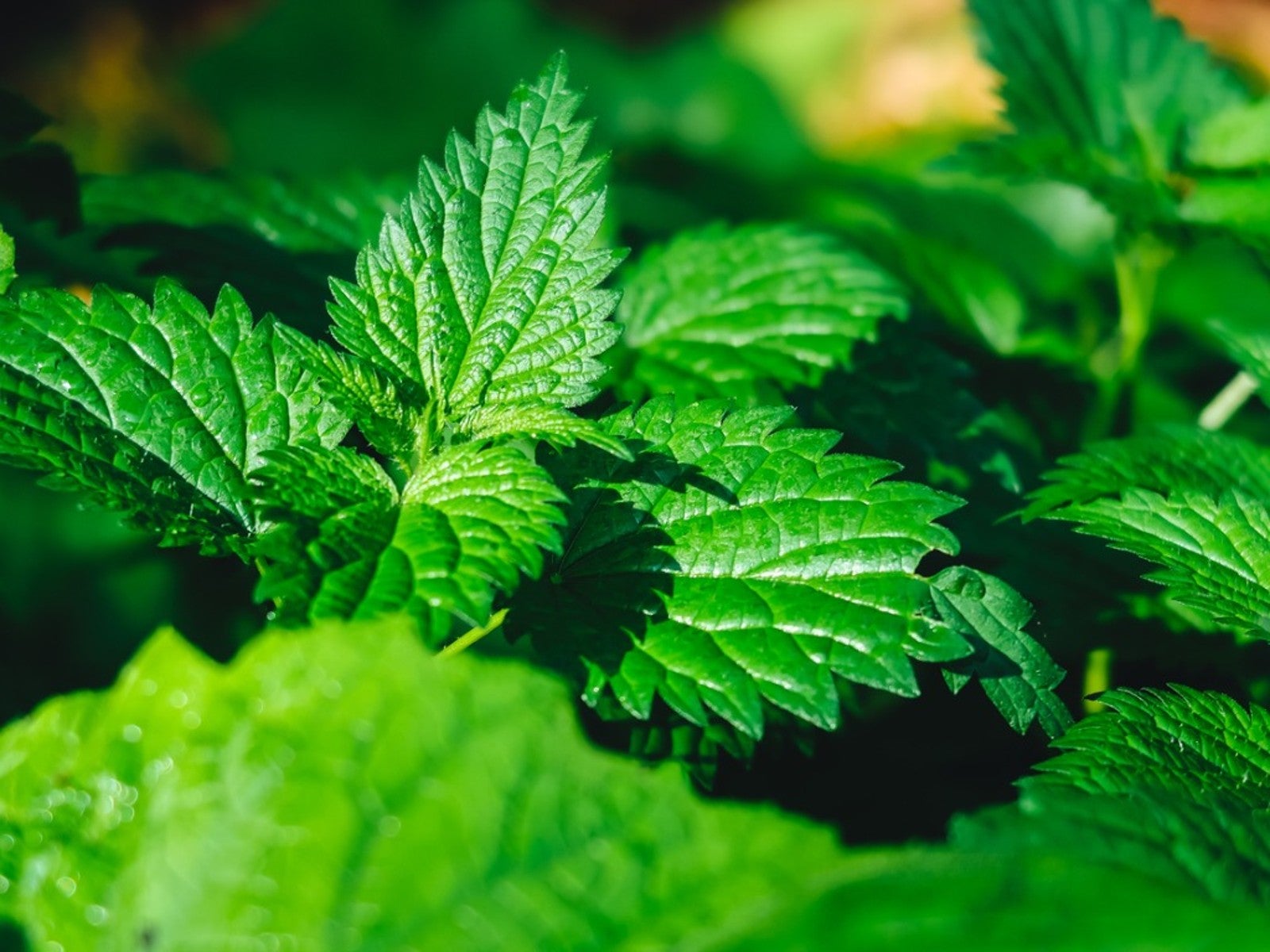 Catnip Propagation Methods – Tips For Growing New Catnip Herb Plants
Catnip Propagation Methods – Tips For Growing New Catnip Herb PlantsDoes kitty love her catnip toys? Well then, perhaps you should grow your own catnip herb plants. Don’t know how to propagate catnip? Growing new catnip plants is easy. Click on the following article to find out about catnip propagation.
By Amy Grant
-
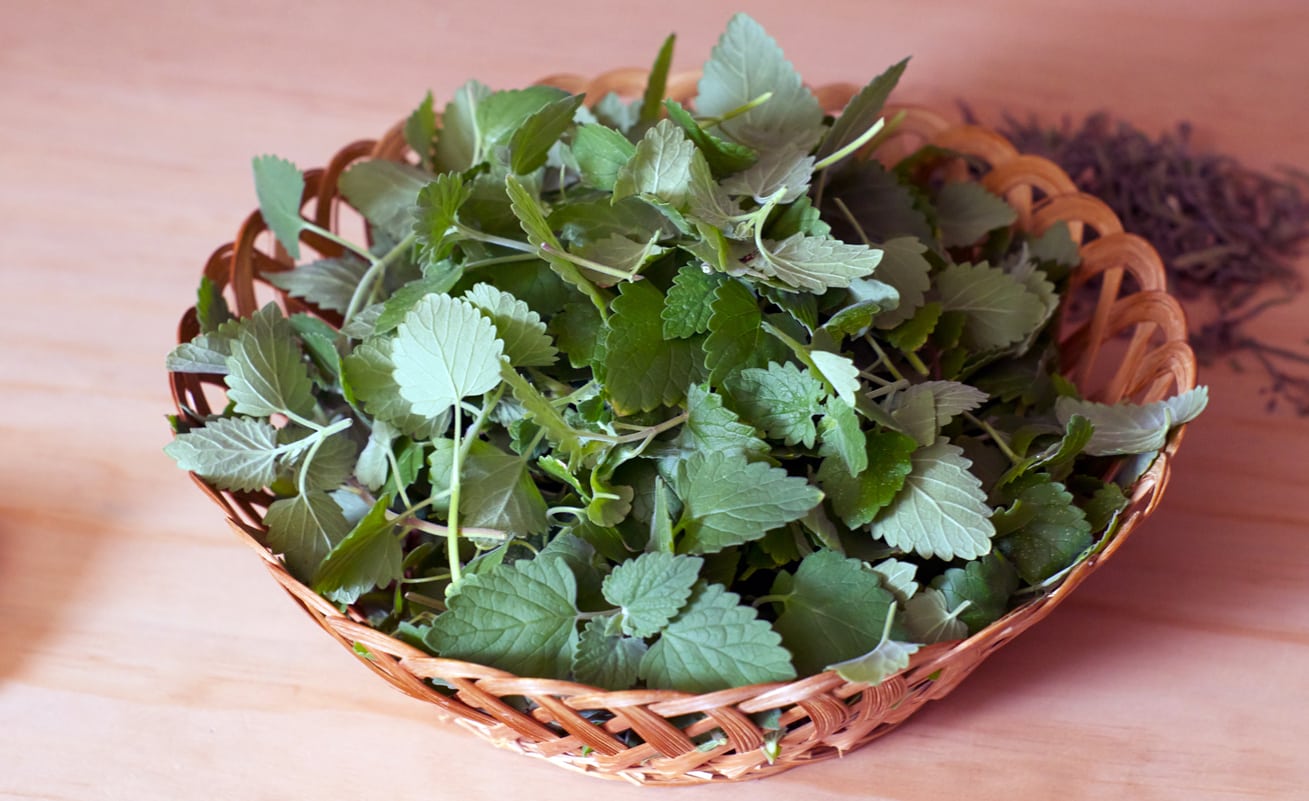 What Is Catnip For: Learn About Various Uses For Catnip
What Is Catnip For: Learn About Various Uses For CatnipThe name says it all, or almost all. Catnip is a common herb that you can cultivate in the garden but that also grows wild. Knowing how to use catnip means you can put this plentiful herb to good use for both you and your feline friends. Learn more in this article.
By Mary Ellen Ellis
-
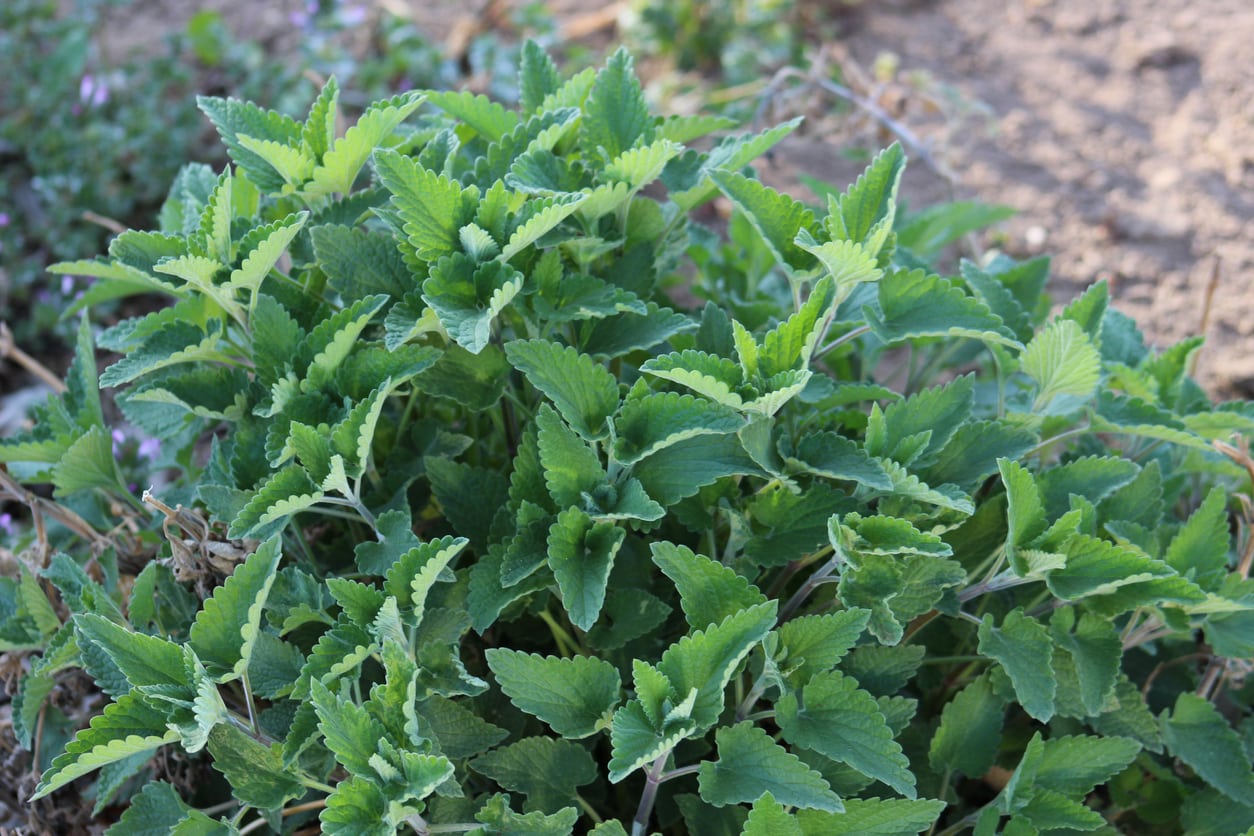 Catnip Plant Varieties: Growing Different Species Of Nepeta
Catnip Plant Varieties: Growing Different Species Of NepetaCatnip is a member of the mint family. There are several types of catnip, each easy to grow, vigorous and attractive. Learn more about the various types of catnip plants that you can add to your garden here in this article.
By Bonnie L. Grant
-
 Dogs And Catnip – Is Catnip Bad For Dogs
Dogs And Catnip – Is Catnip Bad For DogsCats and dogs are opposite in so many ways that it is no surprise that they react differently to catnip. While cats delight in the herb, rolling in it and becoming almost giddy, dogs do not. So is catnip bad for dogs? Can dogs eat catnip? Find out in this article.
By Teo Spengler
-
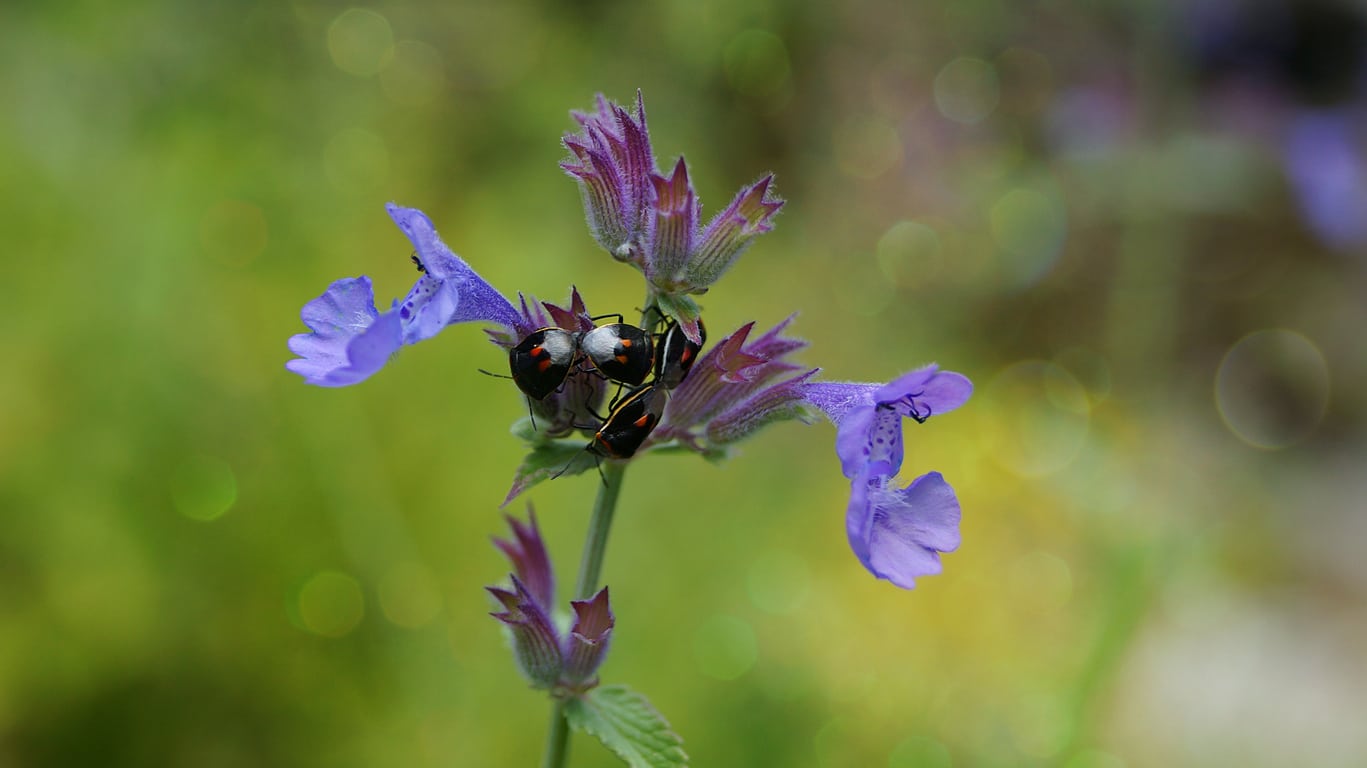 Catnip And Insects – How To Fight Catnip Pests In The Garden
Catnip And Insects – How To Fight Catnip Pests In The GardenThe plants are generally trouble-free, and when it comes to catnip, pest problems generally aren’t much of a problem. Click on this article for information on a few common catnip plant pests, along with some helpful tips on catnip as a pest repellent.
By Mary H. Dyer